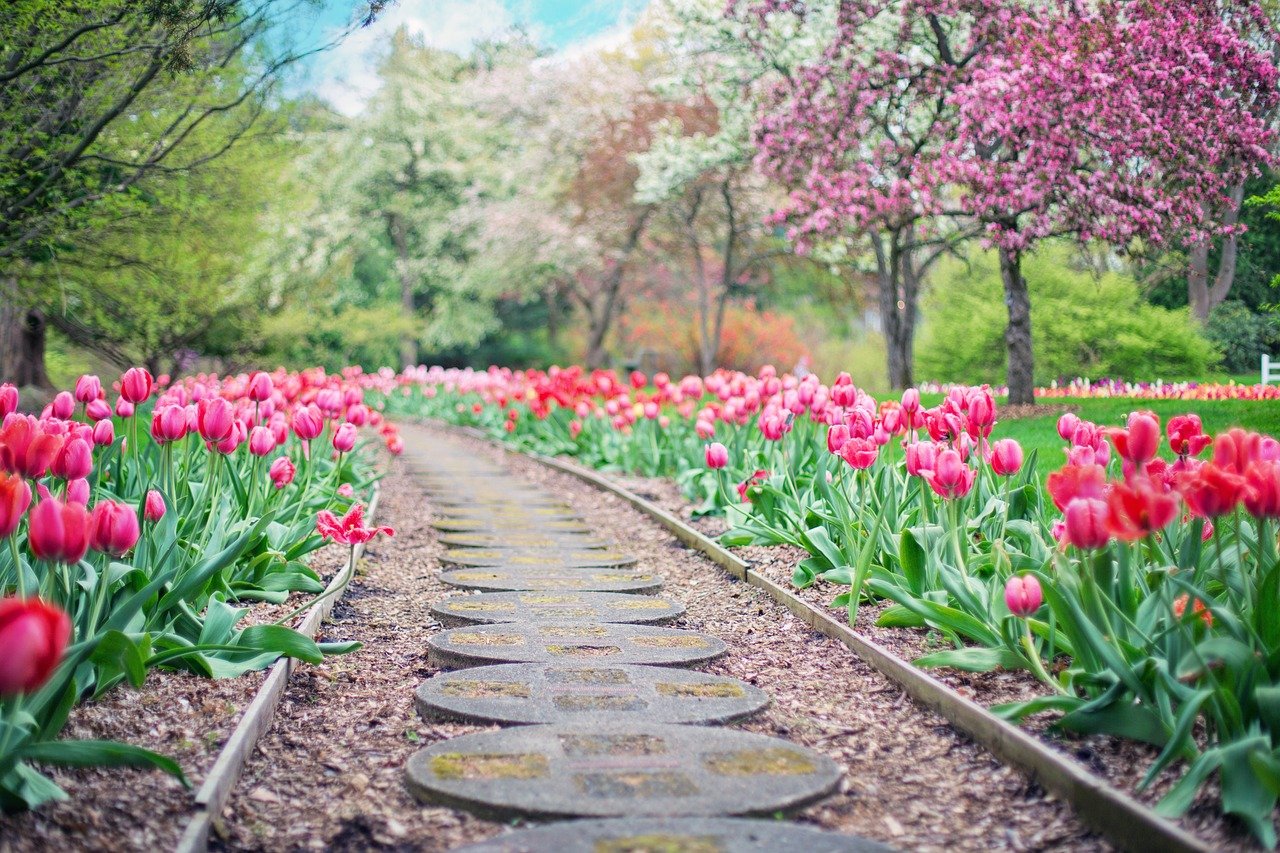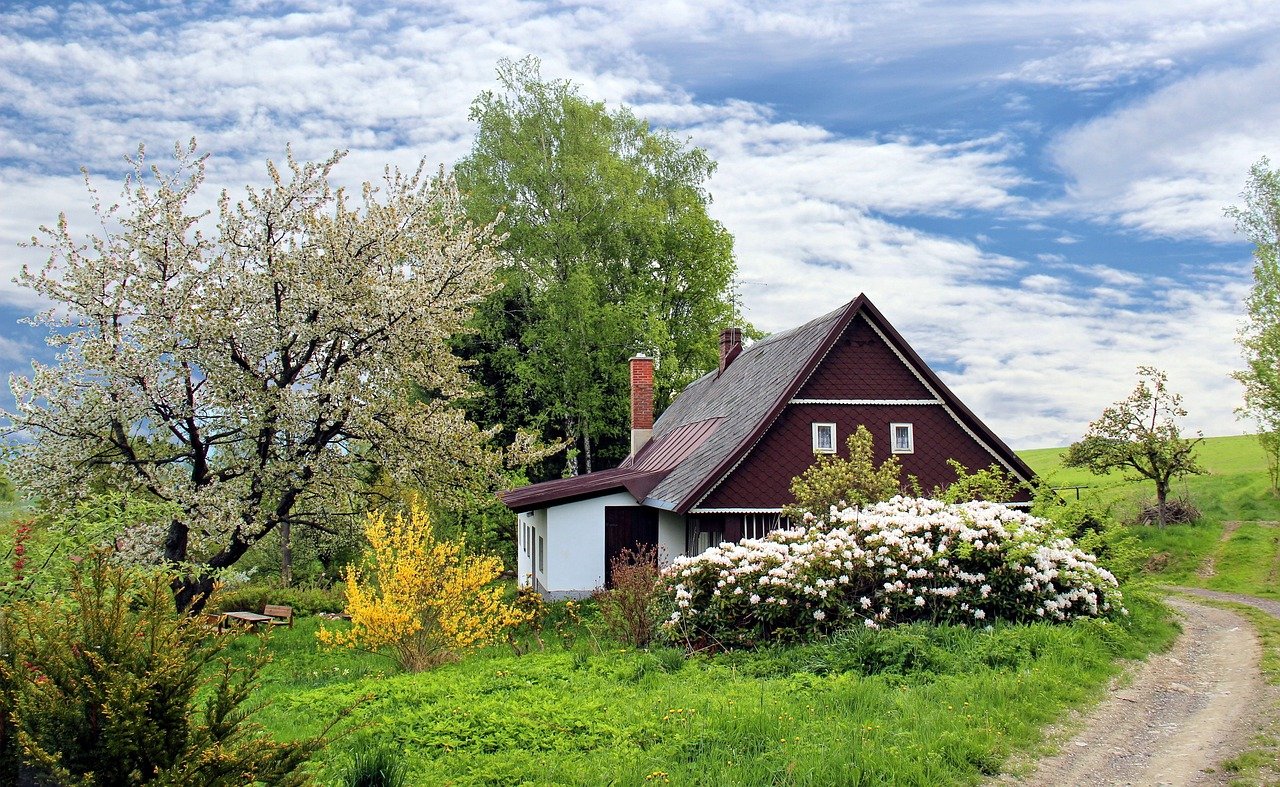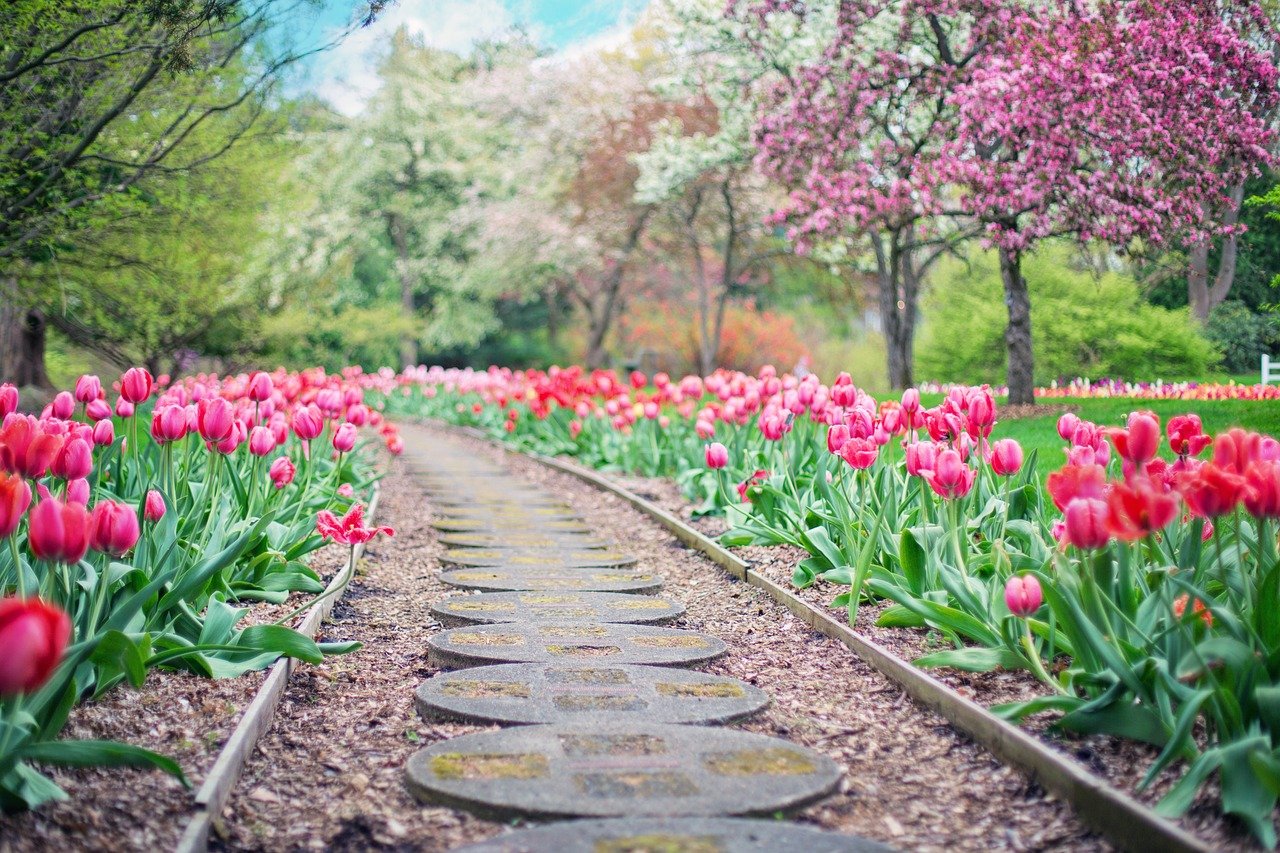
Imagine transforming your dull, lifeless indoor space into a vibrant oasis with the simple addition of a live vertical garden. No longer will you be confined to cold, concrete walls and artificial lighting. Instead, you can bring the beauty of nature into your home or office, creating a lush and inviting atmosphere that will rejuvenate your senses. A live vertical garden provides an innovative and space-saving solution to incorporate nature into your indoor environment, offering a multitude of benefits ranging from improved air quality to reduced stress levels. Discover the wonders of a live vertical garden and unlock the potential of your indoor space like never before.

Benefits of a Live Vertical Garden
A live vertical garden offers numerous benefits that can greatly enhance your indoor space and overall well-being. One of the most notable advantages is improved air quality. As plants naturally remove toxins from the air, having a vertical garden can help purify and refresh the atmosphere in your home or office. This can be particularly beneficial for individuals with respiratory conditions or allergies.
In addition to improved air quality, a live vertical garden can also help reduce noise pollution. The plants act as natural sound absorbers, dampening and softening the noise levels in your environment. This can be especially beneficial if you live in a busy urban area or near a noisy street.
Furthermore, a live vertical garden has been shown to enhance well-being and productivity. The presence of greenery and nature in indoor spaces has been proven to reduce stress, boost mood, and increase focus and creativity. A vibrant vertical garden can create a calming and inspiring ambiance, making your living or working space more enjoyable and conducive to productivity.
Choosing the Right Plants
When it comes to selecting plants for your vertical garden, there are a few important factors to consider. First, you’ll need to evaluate the lighting conditions in the area where you plan to install the garden. Some plants thrive in bright, direct sunlight, while others prefer low light or shade. Choosing plants that are suitable for the available lighting will ensure they thrive and remain healthy.
Space availability is another crucial consideration. Different plants require different amounts of space to grow and spread their roots. Make sure to choose plants that can comfortably fit within the designated area without overcrowding or inhibiting growth.
To keep maintenance manageable, it’s advisable to select low-maintenance plants. These are typically hardy, resilient species that require minimal care and attention. Opting for plants with similar watering and nutrient needs can simplify the maintenance process and make it easier to provide appropriate care for your vertical garden as a whole.

Installing a Live Vertical Garden
Installing a live vertical garden involves a few key steps. First, you need to determine the structure of the wall where your garden will be mounted. Ensure that the wall is sturdy enough to support the weight of the plants and any additional structures required for installation.
Next, prepare the wall surface by cleaning it thoroughly and removing any debris or paint. A clean and smooth wall surface will provide a better base for the supporting framework and ensure proper attachment.
Once the wall is prepped, install the supporting framework. This is typically a grid or trellis system that will hold the plants securely in place. Follow the manufacturer’s instructions to ensure the framework is installed correctly and can adequately support the weight of your vertical garden.
Finally, secure the plants onto the framework. Gently plant them into the designated spaces, taking care to provide proper spacing and ensuring their roots are securely in place. Consider using hangers or supports to keep trailing or vining plants properly positioned.
Maintenance and Care Tips
Proper maintenance is essential for the health and longevity of your live vertical garden. Regular watering is crucial to ensure the plants receive adequate moisture. The specific watering needs of your plants may vary, so it’s important to research and understand the requirements of each species. Avoid overwatering, as this can lead to root rot, but also be mindful not to let the plants dry out completely.
Pruning and trimming are necessary to keep your vertical garden looking tidy and prevent overcrowding. Remove any dead or wilted foliage and trim back excessive growth to maintain the desired shape and size of the plants.
Fertilization is important for providing the necessary nutrients to support plant growth. Choose a suitable fertilizer based on the specific needs of your plants and apply it according to the instructions. Regular fertilization will help keep your garden vibrant and thriving.
Lastly, it’s crucial to monitor your vertical garden for pests. Check for any signs of infestation, such as insects or diseases, and take appropriate measures to address the issue. Early detection and proactive pest management will help maintain the health and vitality of your plants.

Lighting Considerations for Indoor Vertical Gardens
Indoor vertical gardens face unique challenges when it comes to lighting. Understanding the natural light availability in your space is essential for selecting plants that can thrive. Assess the direction and intensity of sunlight that reaches the area where you plan to install your vertical garden. Some areas may receive direct sunlight for several hours a day, while others may only have indirect or low light conditions. Choose plants that can thrive in the specific lighting conditions of your indoor space.
In situations where natural light is insufficient or inconsistent, you may need to supplement with artificial lighting. Selecting suitable artificial lighting involves considering factors such as light intensity, spectrum, and duration. LED grow lights are often a popular choice for indoor vertical gardens, as they can mimic natural sunlight and provide the necessary light energy for plant growth.
When placing light fixtures, consider their optimal height and angle to ensure uniform light distribution. Position the fixtures strategically to cover the entire vertical garden and adjust the height as your plants grow to maintain the ideal distance between the light source and foliage.
Designing Your Vertical Garden
Designing your vertical garden involves two key considerations: selecting a theme or style and arranging plants for visual appeal. Choose a theme or style that complements your overall indoor aesthetic. Whether you prefer a lush, tropical oasis or a sleek and minimalist design, selecting plants and decorative elements that align with your chosen theme will help create a harmonious and visually pleasing space.
When arranging plants, consider their sizes, colors, and growth habits. A combination of tall, medium, and trailing plants can create a visually dynamic and layered effect. Experiment with different arrangements to find what works best for your space. Additionally, incorporating decorative elements such as ornaments, artwork, or even a small water feature can elevate the overall design and add extra visual interest to your vertical garden.
Irrigation Systems and Watering Techniques
To ensure efficient and effective watering of your vertical garden, consider utilizing irrigation systems and watering techniques. Drip irrigation is a popular option, where water is delivered directly to the plant roots via a network of tubes with drippers. This system provides targeted watering and minimizes water loss due to evaporation.
Another option is a wicking system, which relies on capillary action for water distribution. In this setup, a reservoir of water is placed at the bottom of the vertical garden, and a wicking material, such as a fabric strip, transports the water upwards to the roots. This method can be particularly useful for low-maintenance gardens or for areas with limited access to water sources.
Hydroponics is another innovative option for vertical gardens, especially for indoor settings. This technique involves growing plants in a soilless medium, such as water enriched with nutrients. The plants’ roots are suspended in the nutrient solution, allowing for efficient absorption and utilization of water and nutrients.
Vertical Gardening in Limited Spaces
Vertical gardening is an excellent solution for maximizing space in small or limited areas. Wall-mounted planters are a versatile option that allows you to display a variety of plants without occupying valuable floor space. These modular planters can be arranged in various configurations to create a visually appealing and space-saving vertical garden.
Hanging baskets and living walls are other alternatives for vertical gardening in limited spaces. Hang baskets from ceilings or wall hooks to add greenery at eye level and maximize vertical space. Living walls, also known as green walls, are vertical structures covered with plants. These can be freestanding or attached to existing walls and provide a stunning focal point while utilizing minimal floor space.
To further maximize vertical space, consider adding shelving or vertical trellises to your indoor space. These structures can accommodate a greater number of plants and create an eye-catching display while taking up minimal floor space.
Alternative Options for Vertical Gardens
If you’re looking for alternative ways to create a vertical garden, there are several options to consider. Modular vertical garden systems are pre-designed structures made up of individual plant containers that can be easily assembled and installed. These systems offer flexibility and can be customized to fit your space and design preferences.
Pallet gardens are another popular choice for vertical gardening. They involve repurposing wooden pallets into planters by attaching pots or plant containers to the slats. Pallet gardens are cost-effective, easy to create, and can be mounted vertically to maximize space.
Green screens are yet another alternative for vertical gardens. These screens consist of a framework or lattice structure covered with climbing plants. They can be freestanding or attached to existing walls or structures, providing privacy, visual interest, and a splash of greenery.
Maintenance Services and Professional Assistance
If you’re concerned about the time and effort required in maintaining a live vertical garden, there are options for professional assistance. Hiring a professional gardener can help ensure that your garden receives proper care and attention on a regular basis. They can handle tasks such as watering, pruning, fertilizing, and pest control, leaving you with more time to enjoy the benefits of your vertical garden.
Alternatively, you can subscribe to maintenance services offered specifically for vertical gardens. These services can provide scheduled visits to tend to your garden, ensuring that it remains healthy and vibrant. They may also offer expert advice and guidance on plant selection, design, and troubleshooting.
Consulting with an expert in vertical gardening is another valuable option. They can provide personalized guidance tailored to your specific needs, addressing any concerns or challenges you may face with your live vertical garden. Their expertise and experience can help you optimize the design, maintenance, and care of your vertical garden for long-term success.
In conclusion, a live vertical garden offers a multitude of benefits for your indoor space, including improved air quality, reduced noise pollution, and enhanced well-being and productivity. By carefully choosing the right plants, installing the garden properly, and providing regular maintenance and care, you can create a vibrant and visually appealing vertical garden that transforms your environment. Consider exploring different lighting options, designing a theme that suits your style, and utilizing irrigation systems for efficient watering. Even in limited spaces, vertical gardening can thrive through wall-mounted planters, hanging baskets, or living walls. And if you are in need of assistance, you can always rely on maintenance services or consult with professionals to ensure the long-term health and success of your live vertical garden.





